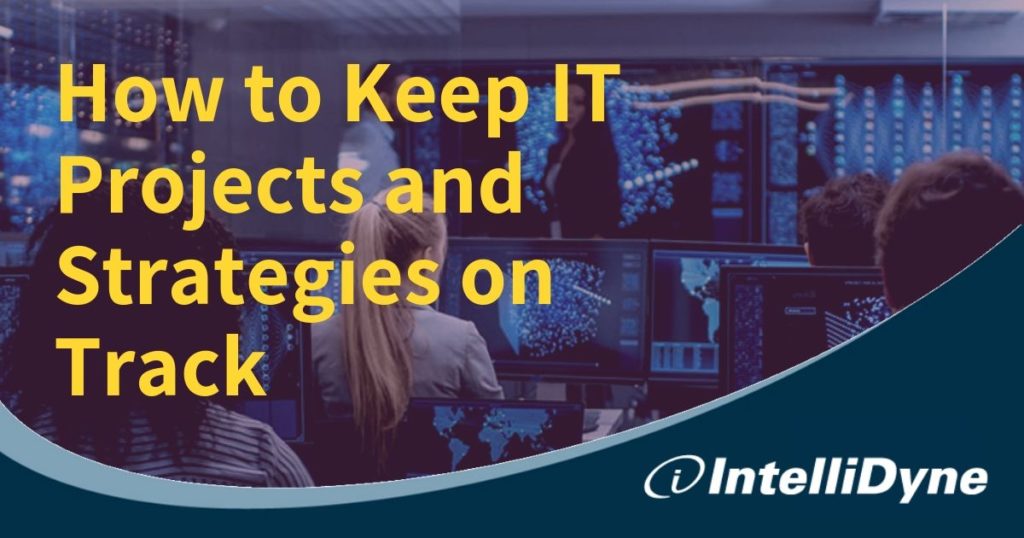By Todd Margules, Senior Director Application Development & Modernization
As IT becomes more commoditized and Federal customers look to reduce costs ahead of budget cuts, one thing becomes more attractive – the lure of aggressively pursuing consolidation activities such as:
- data center migrations;
- managed services; and
- cloud solutions
While these new IT strategies are enticing and can certainly pay off, their success is still rooted in time-honored project management fundamentals.
IT Dashboard, which was launched in 2009 in order to provide Federal agencies and the public with the ability to view details of Federal information technology investments online, tell a cautionary tale. The Dashboard’s latest Chief Information Officer (CIO) Risk ratings for IT investments government-wide show that:
- 49.1% of major IT investments are considered “medium risk”
- 5.1% of major IT investments are considered “high risk”
This means that less than half of Federal major IT investments are considered low risk. Clearly, getting IT strategies right is not an easy endeavor, and this creates many pitfalls on the way to modernization.
The key to effective innovation lies not with the technology itself, but how that technology is applied by a competent practitioner. This involves a couple of important steps, including:
- Focus on Outcomes from the Start. Long before a project kickoff, the groundwork to identify the desired outcomes and the most practical strategy to get there needs to begin – in other words: a concentrated vision with measurable acceptance criteria. Regardless of whether the project is executed via agile, Kanban, DevOps, etc., without a proper plan that focuses on value-based outcomes, an organization can experience setbacks that leave them in a worse position than before the effort began.
- Identify All Stakeholders.Too often, well-intentioned government CIOs eagerly begin a transition without a thorough identification of stakeholders, full understanding of dependencies, and a comprehensive gathering of requirements. End-users who are not consulted for IT projects tend to resist change and create obstacles for adoption. Undiscovered interfaces, incomplete data flows, or other oversights can substantially increase project risk.
Trusted partners like IntelliDyne can leverage Federal agencies’ IT modernization experience to ensure that innovation and outcomes are achieved.
Source: Why Federal IT Projects Fail (and How to Ensure Success)

